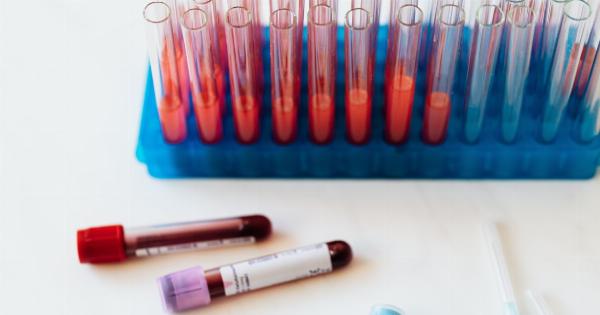Mantoux testing, also known as the tuberculin skin test (TST), is a diagnostic test used to determine if a person has been exposed to the bacteria that causes tuberculosis (TB).
The test involves injecting a small amount of purified protein derivative (PPD) into the forearm and then examining the site for a reaction. A positive reaction indicates exposure to the TB bacteria, but it does not necessarily mean the person has an active TB infection.
How Mantoux Test Works?
The Mantoux test works by detecting the immune system’s response to the TB bacteria. When the PPD is injected into the skin, the immune system recognizes the protein as foreign and mounts an immune response against it.
This response causes inflammation and redness at the injection site.
After 48-72 hours, the healthcare provider checks the injection site for a reaction. The reaction is measured by the size of the induration (raised, hardened area) at the injection site.
A positive reaction is considered significant if the induration is 10mm or larger in healthy individuals or 5mm or larger in individuals with a high risk of TB, such as those with HIV or recent contact with a TB-positive person.
Why is Mantoux Test Important?
The Mantoux test is an important tool for detecting latent TB infection (LTBI) and preventing the spread of TB. LTBI occurs when a person has been infected with the TB bacteria, but the bacteria are inactive and do not cause symptoms.
However, individuals with LTBI are at risk of developing active TB disease, which is contagious and can be life-threatening.
Identifying individuals with LTBI through the Mantoux test allows healthcare providers to provide targeted treatment to prevent the TB bacteria from becoming active and spreading to others.
Treatment for LTBI usually involves taking a course of antibiotics for several months.
Who Should Get a Mantoux Test?
The Centers for Disease Control and Prevention (CDC) recommends that the following groups should get a Mantoux test:.
- People who have had close contact with a person who has active TB disease, including healthcare workers and family members
- People who have symptoms of TB disease, such as coughing, fever, and night sweats
- People with weakened immune systems, such as those with HIV infections, who are at increased risk of developing TB disease
- People who will be starting immunosuppressive therapy, such as chemotherapy or biologic therapy
Limitations of Mantoux Test
While the Mantoux test is an important tool for detecting LTBI, it does have some limitations. A positive Mantoux test does not necessarily mean that a person has an active TB infection. It only indicates exposure to the TB bacteria.
False-positive results can occur due to previous vaccination with the Bacille Calmette-Guerin (BCG) vaccine, which is used to prevent TB in some countries. False-negative results can also occur in people with weakened immune systems and in individuals who have recently been infected with the TB bacteria.
Conclusion
Mantoux testing is a simple, quick, and relatively inexpensive diagnostic test used to identify individuals with LTBI and prevent the spread of TB. While the test has some limitations, it remains a valuable tool in the fight against TB.





























